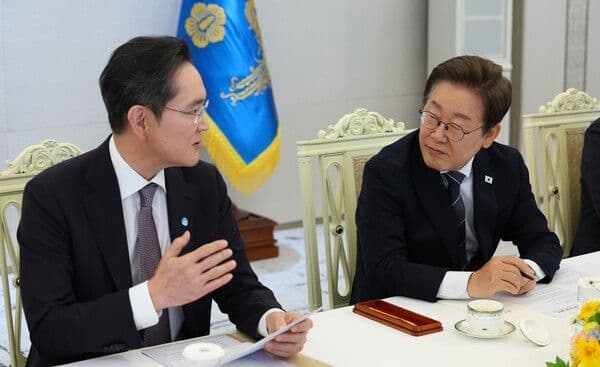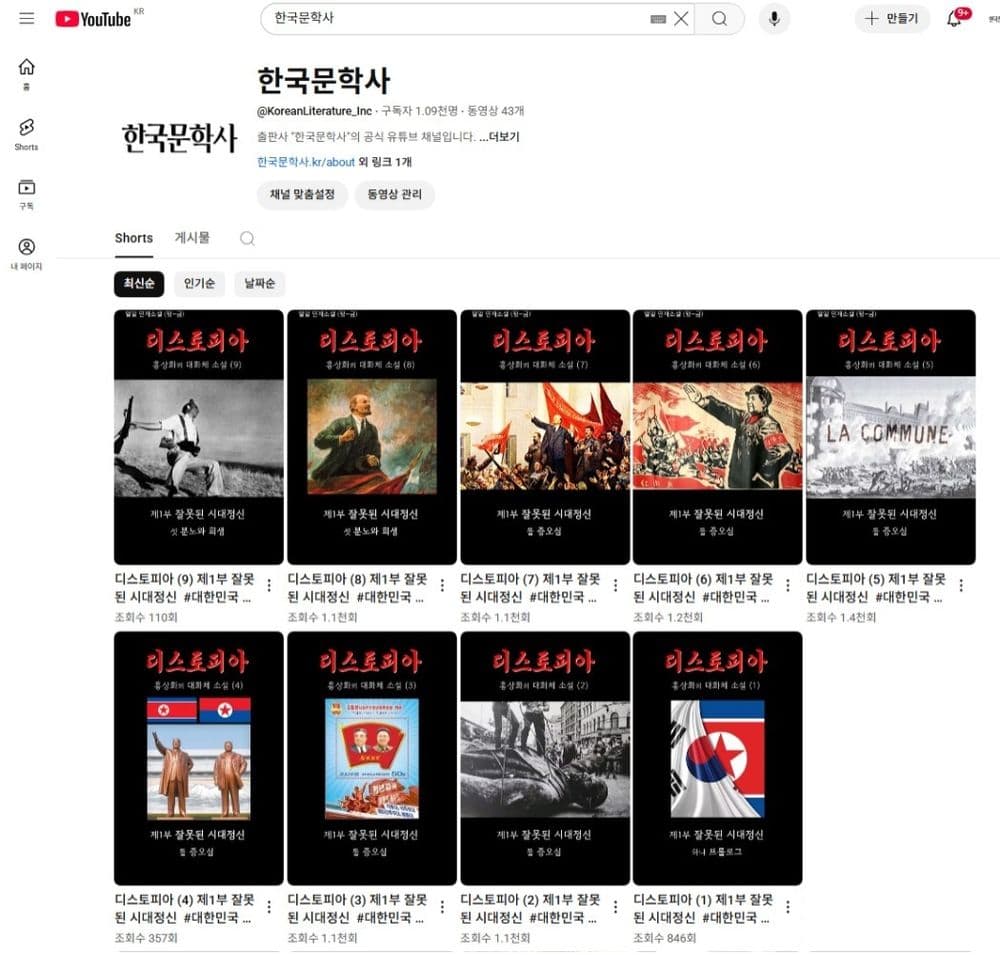Why Is Korea's President Meeting Samsung's Chairman Over Dinner?

A Strategic Dinner Before the Deadline
Did you know that Korea's president has been dining with the country's most powerful business leaders almost every night? On July 24, 2025, President Lee Jae-myung hosted Samsung Electronics Chairman Lee Jae-yong for a private dinner meeting at his residence in Hannam-dong, Seoul.
This wasn't just another casual business dinner. The meeting came exactly one week before the August 1 deadline when the United States threatened to impose 25% reciprocal tariffs on all Korean products. According to the Presidential Office spokesperson Kang Yu-jeong, the two leaders engaged in a wide-ranging discussion without a fixed agenda, freely exchanging views on major economic issues.
What makes this meeting particularly significant? President Lee has been conducting a marathon series of dinners with Korea's top business leaders. Starting with Hyundai Motor Group Chairman Chung Eui-sun on July 14, LG Group Chairman Koo Kwang-mo on July 15, Hanwha Group Vice Chairman Kim Dong-kwan on July 21, and SK Group Chairman Chey Tae-won on July 22, the president met with Samsung's chief last in this strategic lineup.
The High-Stakes Game of Trade Diplomacy

Why all these urgent meetings? The timing reveals everything. Korea was racing against the clock to negotiate better terms with the Trump administration's aggressive tariff policy. Just days before, Japan had struck a deal with the United States, promising a massive 550 billion dollars investment in exchange for reducing the reciprocal tariff from 25% to 15%.
Korean businesses were expected to follow suit with their own investment commitments. According to multiple sources, the government had been coordinating with major conglomerates including Samsung, SK, Hyundai Motor, and LG to compile their available US investment amounts. By late July 2025, Korean companies had pledged approximately 100 billion dollars in US investments, though this was viewed as just the starting point.
Samsung, as Korea's largest conglomerate, was building a 37 billion dollar semiconductor foundry in Taylor, Texas. Industry observers believed this investment could expand to over 50 billion dollars with additional advanced packaging facilities and production capacity. The dinner discussion likely covered how Samsung could accelerate these plans to help Korea secure favorable tariff terms.
Business Leaders as Economic Diplomats
This wasn't the first time Korean business leaders stepped into quasi-diplomatic roles. In late July and August 2025, several top executives traveled to Washington separately to support the government's tariff negotiations. Samsung Chairman Lee Jae-yong, Hyundai Motor Chairman Chung Eui-sun, and Hanwha Vice Chairman Kim Dong-kwan flew to the US capital to leverage their corporate networks and emphasize Korea's commitment to American manufacturing.
The strategy worked remarkably well. On July 30, 2025, Korea and the United States reached a dramatic agreement just one day before the deadline. The US agreed to reduce the reciprocal tariff from 25% to 15%, matching the terms given to Japan and the European Union. In return, Korea committed to investing 350 billion dollars in the US economy, with additional commitments totaling 450 billion dollars including energy purchases.
When President Lee embarked on his official state visit to Washington on August 24-26, he brought an all-star economic delegation. Chairman Lee Jae-yong joined SK's Chey Tae-won, Hyundai's Chung Eui-sun, and LG's Koo Kwang-mo on the trip, demonstrating unprecedented public-private cooperation in Korean trade diplomacy.
What Korean Communities Are Saying
Online reactions to these business-government meetings have been mixed across Korean communities. On Naver blogs and discussion forums, many commenters praised the pragmatic approach. One popular blog post noted that President Lee's strategy of securing equal tariff terms with Japan and the EU represented a diplomatic victory, especially given Korea's smaller economic leverage compared to these trading blocs.
However, some critics on community platforms questioned whether Korea gave away too much. Comments on economics-focused blogs highlighted concerns about the 350-450 billion dollar commitment, wondering if Korean companies were being pressured to over-invest in the US market at the expense of domestic job creation and innovation.
The political dimension also sparked debate. Supporters of President Lee's Democratic Party celebrated what they called practical economic diplomacy that protected Korean farmers from agricultural market opening and preserved key manufacturing sectors. Opposition voices, however, argued that the rushed timeline and substantial concessions showed Korea negotiating from a position of weakness. The dinner meetings themselves became symbolic, with some seeing them as collaborative economic planning while others viewed them as the government pressuring business leaders to bail out its foreign policy challenges.
Discover More

South Korean Military Aircraft Nearly Intercepted by Japanese Fighters: What Really Happened?
A South Korean Air Force C-130 transport plane entered Japanese airspace without authorization, triggering an emergency response from Japanese fighter jets. The incident exposed serious communication failures and procedural lapses between the two allied nations.

A 20-Year-Old Korean Novel Returns as Daily YouTube Shorts: What's the Buzz About Dystopia?
Hong Sang-hwa's controversial 2005 novel Dystopia, which sparked intense debate about Korean society's ideological divide, has been reborn as YouTube Shorts in 2025, reaching new audiences through 120 daily episodes with rich visual content.